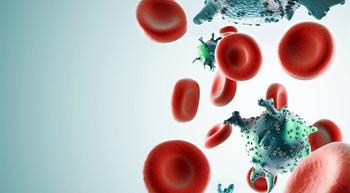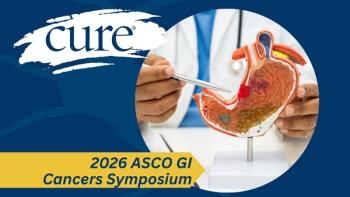
Keytruda With an Androgen Receptor Modulator May Produce a Modest Benefit in Women with Androgen Receptor-Positive, Triple-Negative Breast Cancer
Despite a modest benefit in these patients, principal investigator Dr. Yuan Yuan said she is looking “forward to the future” with regards to therapies that integrate nonsteroidal selective androgen receptor modulators for this patient population.
Treatment with GTx-024 (enobosarm), a nonsteroidal selective androgen receptor modulator, and Keytruda (pembrolizumab) was well tolerated and led to a modest clinical benefit at 16 weeks in patients with androgen receptor-positive, triple-negative breast cancer who previously underwent extensive treatment, according to study results published in The Oncologist.
“There’s an unmet need to treat metastatic
In this phase 2 study, 16 women (median age of 64 years) with androgen receptor-positive, triple-negative breast cancer were treated with 200 mg of Keytruda intravenously every three weeks and 18 mg of GTx-024 orally every day. Study authors collected tumor biopsies, peripheral blood samples and stool samples to evaluate the safety of this combination therapy and to measure the response rate. The trial was stopped earlier than planned due to a withdrawal of the GTx-024 supply.
The therapy was well tolerated with the exception of several adverse events including dry skin in one patient, musculoskeletal ache in one patients and diarrhea in one patient. Of all the patients, 6% had a complete response, 6% had a partial response, 13% had stable disease and 75% had progressive disease. In addition, the response rate was 13% and at 16 weeks the clinical benefit rate was 25%.
Follow-up was conducted during a median follow-up of 24.9 months. During this time, patients had progression-free survival of 2.6 months and overall survival of 25.5 months.
“Now there are certain criticisms,” said Yuan. “It’s definitely not toxic. It’s very well tolerated because imagine it’s a hormone, not a chemo, so we don’t see a lot of horrendous immunotoxicity either, but efficacy is not very strong, I would say very, very, very limited efficacy.”
Despite the limited benefit, Yuan added that she is optimistic of this treatment pathway’s future. “So I think this is demonstrating on this pathway of targeting androgen receptor, that’s one of the efforts, but I think I look forward to the future,” she said. “We’ll have a better understanding of how exactly androgen receptors play a role in this disease. There may be other interesting combination therapies that need to be tested, but again, my view of this trial and its efficacy is very, very, very modest.”
For more news on cancer updates, research and education, don’t forget to




